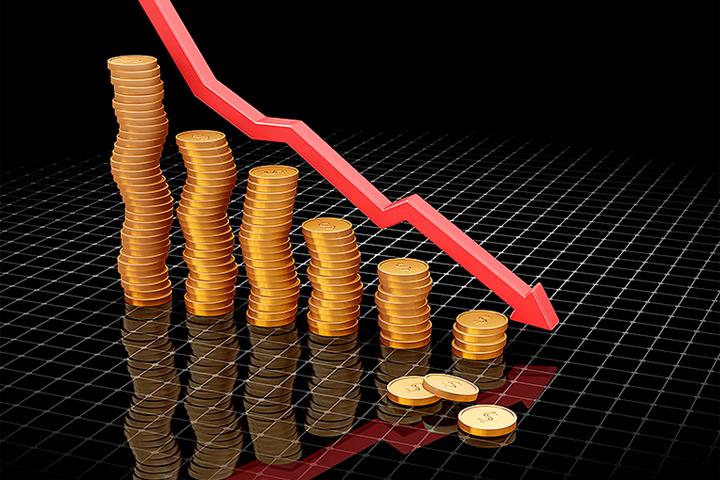 China’s New Yuan Loans, Social Financing Fall More Than Expected in October
China’s New Yuan Loans, Social Financing Fall More Than Expected in October(Yicai Global) Nov. 11 -- China’s new yuan loans and newly added social financing fell more than forecast last month, indicating that the overall financing needs of the real economy were weak.
New yuan loans fell CNY211 billion (USD29.6 billion) to CNY615.2 billion in October from a year earlier, according to data released yesterday by the People’s Bank of China. Chief economists polled by Yicai Research Institute had predicted a decline to CNY888.3 billion.
Newly added social financing, a broad measure of credit and liquidity in the world’s second-largest economy, was CNY907.9 billion, down CNY709.7 billion from the same period a year ago, the PBOC data showed, less than the CNY1.58 trillion (USD221.6 billion) economists had forecast.
The figure for new social financing fell more than expected mainly because of yuan-denominated loans and government bond financing, the PBOC said.
Local governments hiked special bond issuance, but a significant amount of national debt matured last month, so new net financing from government bonds fell CNY337.6 billion from a year ago, said Wen Bin, chief economist at China Minsheng Bank. New yuan loans to the real economy fell CNY332.1 billion because of the high base figure last year and weak demand for financing, he added.
“Financial data showed market players’ expectations were still weak against the backdrop of production and consumption affected by the Covid-19 epidemic that, combined with seasonal effects, slowed the credit easing process,” Wen noted.
Corporate loans became a major driving force for new lending thanks to policies to stabilize growth, increasing by CNY462.6 billion last month, with short-term lending down CNY184.3 billion, medium- and long-term lending up CNY462.3 billion, and bill financing up CNY190.5 billion.
Infrastructure, Corporate Loans
Financing for supporting facilities for infrastructure projects continued to rise. Some CNY500 billion of special bond financing went to infrastructure, Wen said, noting that banks accelerated the issuance of CNY200 billion of equipment innovation loans and medium- and loan-term loans to the manufacturing sector.
“Corporate demand for credit loans jumped mainly because of the implementation of policies to bail out firms, stabilize investment, raise domestic demand, guide financial institutions to boost support to companies, and boost their demand for credit loans and credit easing policies,” said Zhou Maohua, a macro researcher at the financial market department of China Everbright Bank.
The bigger-than-expected decline of financial data last month was also reflected in weak household consumption and the real estate sector. Household loans sank CNY18 billion, of which short-term lending fell CNY51.2 billion and medium- and long-term lending rose CNY33.2 billion.
China recently unveiled policies to lower house prices and stabilize real estate market expectations. But people still had a wait-and-see attitude to buying, and sales were sluggish in the peak season amid recurrent Covid-19 outbreaks, so the policy effects have yet to be seen, Wen pointed out.
The consumer price index jumped 2.1 percent in October from a year ago, down 0.7 percentage point from September, per statistics from the National Bureau of Statistics. The producer price index fell 1.3 percent, down 2.2 points from the previous month. The CPI and PPI figures contrasted markedly with the high inflation in Europe and the United States.
China’s slowing inflation opened up room for credit loans and financial policies, said Guo Lei, chief economist at GF Securities. Boosting domestic demand lies in both improving the consumption environment and stabilizing fixed assets investment, Guo added, noting that the total support of credit loans and financial conditions is necessary.
Editor: Futura Costaglione